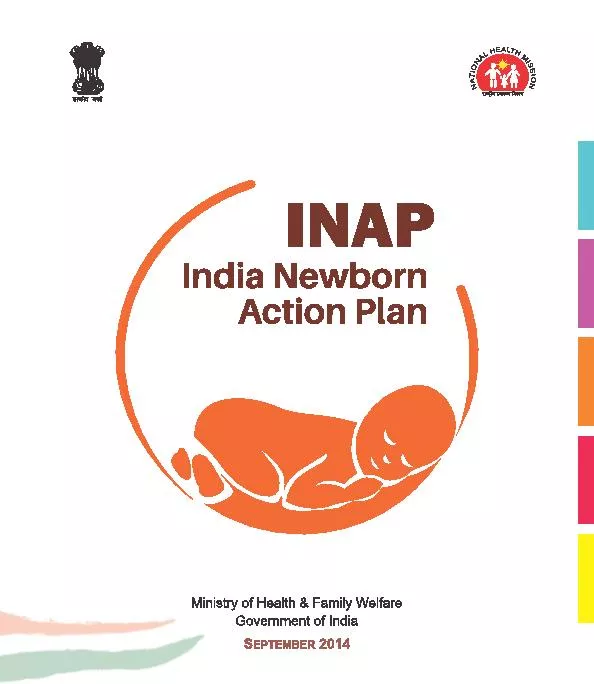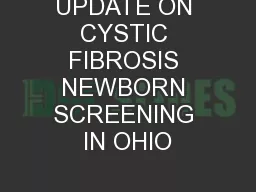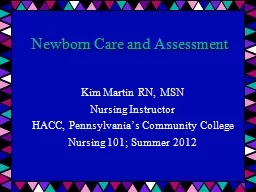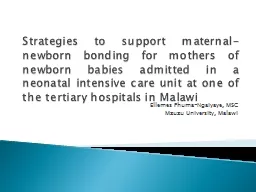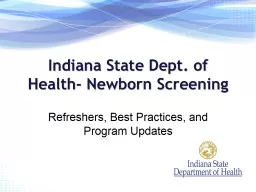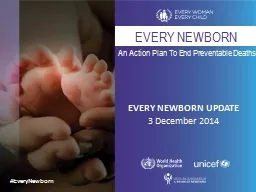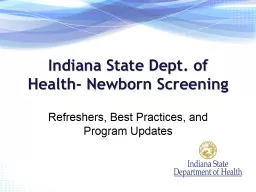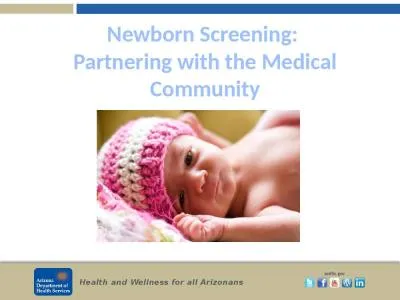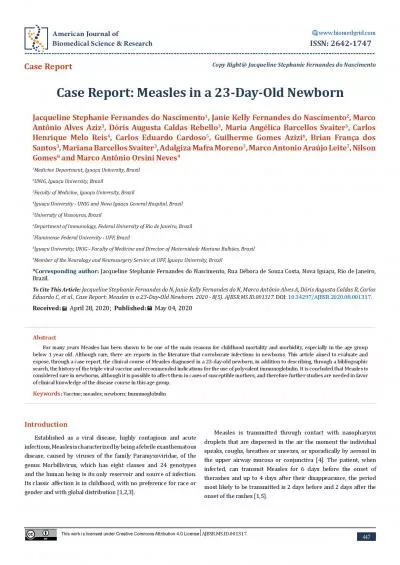PDF-INAP:India Newborn Action Plan
Author : pamella-moone | Published Date : 2016-07-01
Operational Guidelines Rashtriya Bal Swasthya Karyakram RBSK Child Health Screening and Early Intervention Services under NRHM National Rural Health Mission Ministry
Presentation Embed Code
Download Presentation
Download Presentation The PPT/PDF document "INAP:India Newborn Action Plan" is the property of its rightful owner. Permission is granted to download and print the materials on this website for personal, non-commercial use only, and to display it on your personal computer provided you do not modify the materials and that you retain all copyright notices contained in the materials. By downloading content from our website, you accept the terms of this agreement.
INAP:India Newborn Action Plan: Transcript
Download Rules Of Document
"INAP:India Newborn Action Plan"The content belongs to its owner. You may download and print it for personal use, without modification, and keep all copyright notices. By downloading, you agree to these terms.
Related Documents

